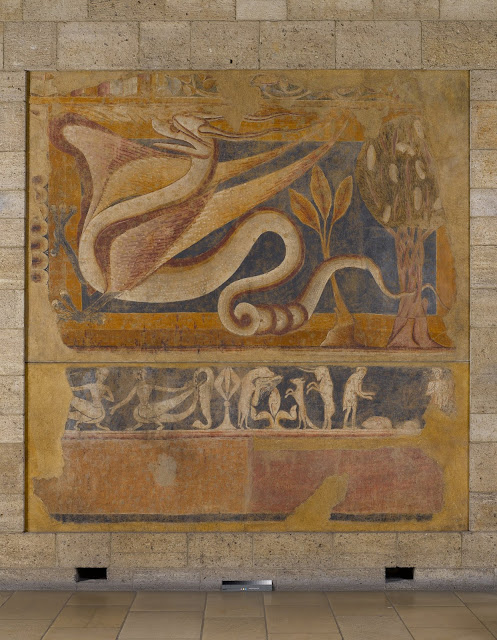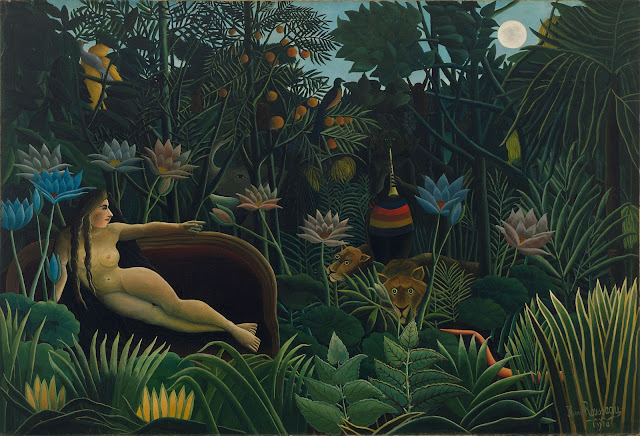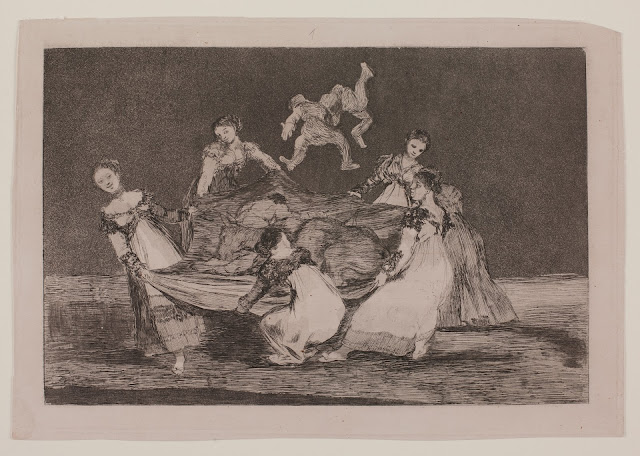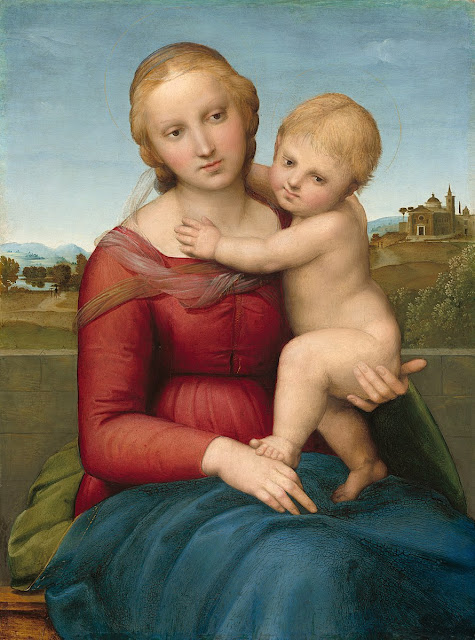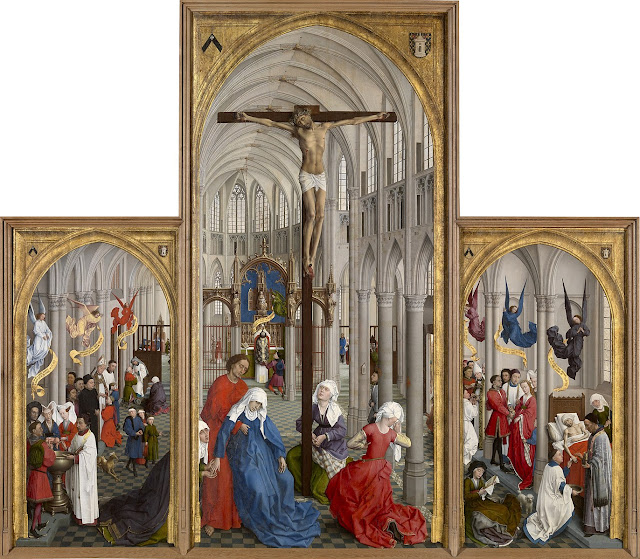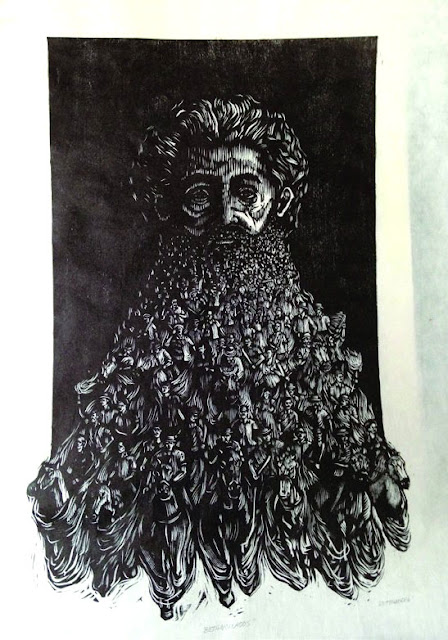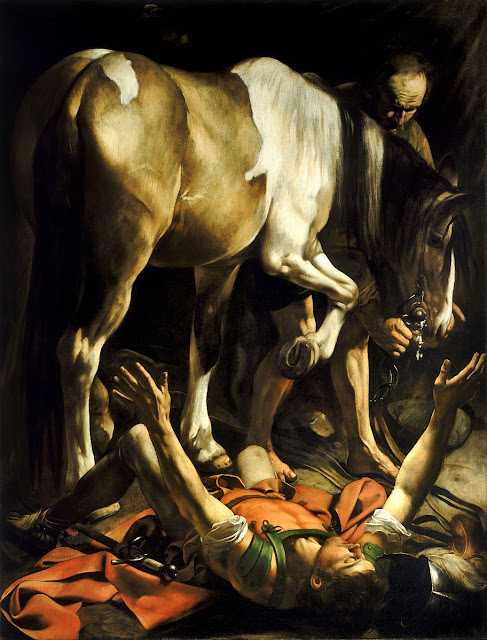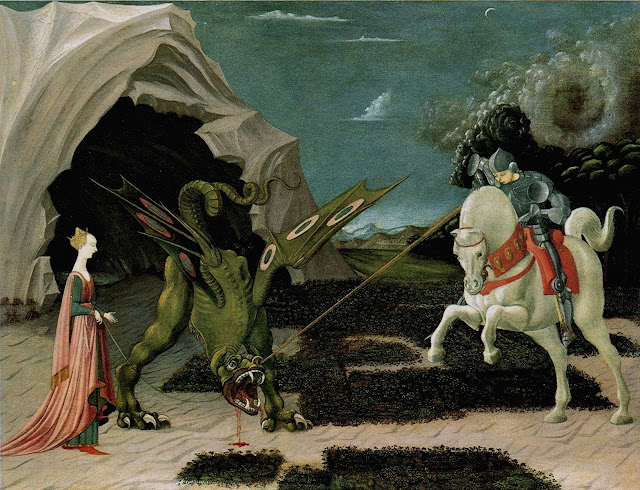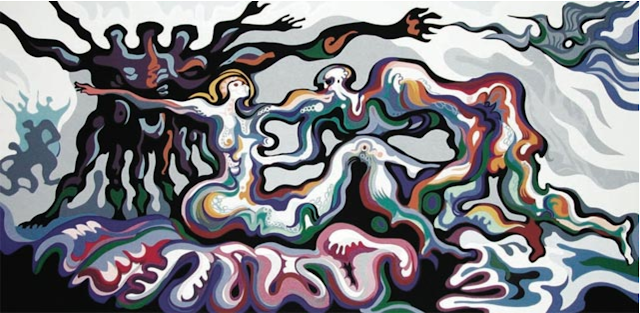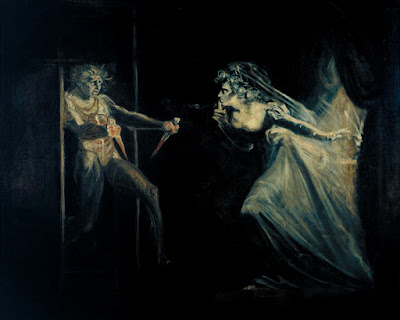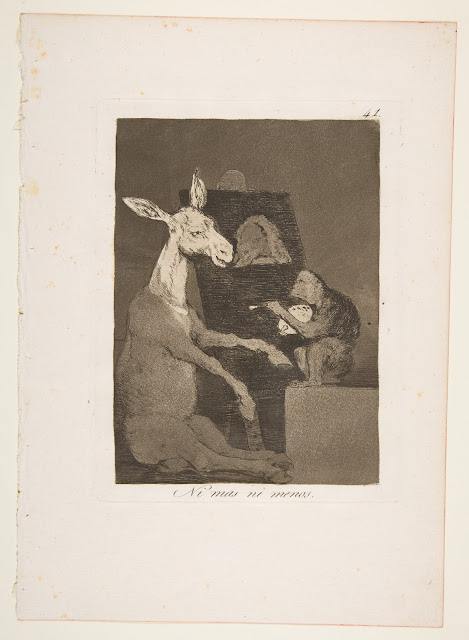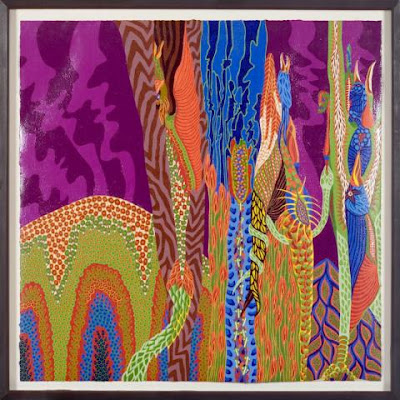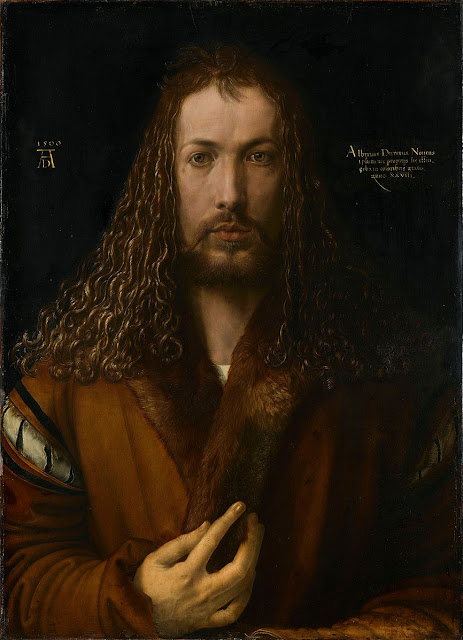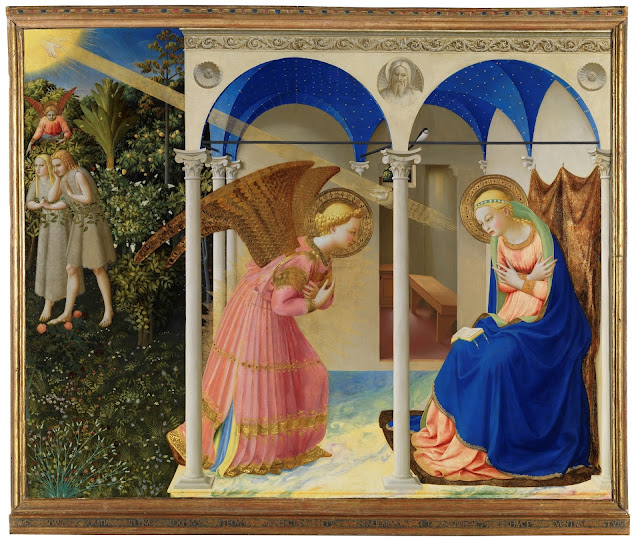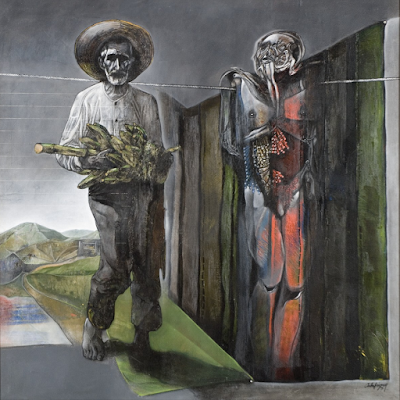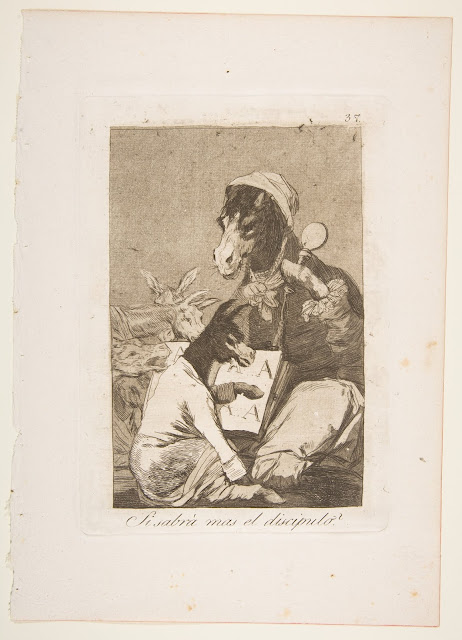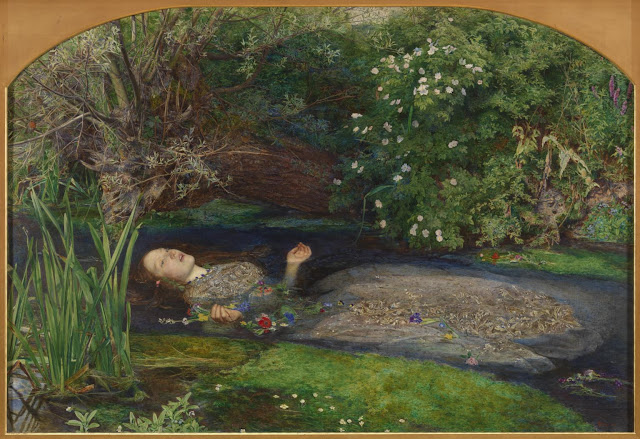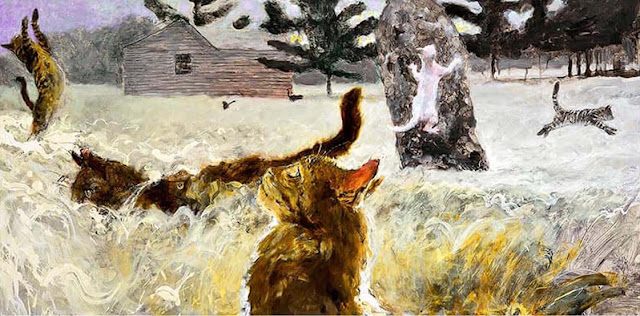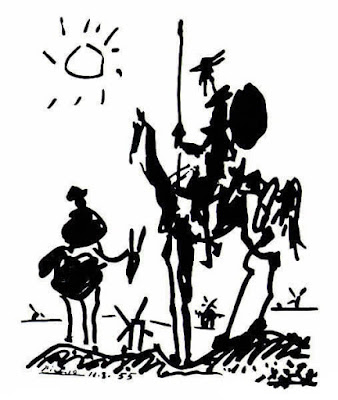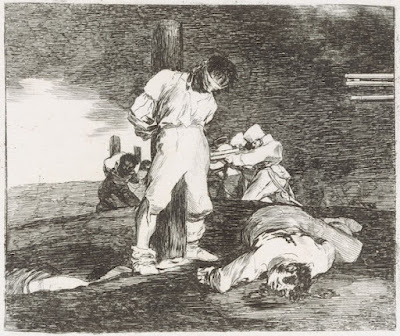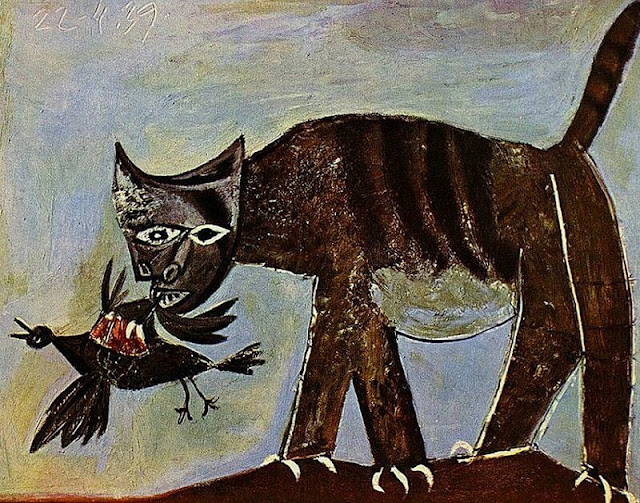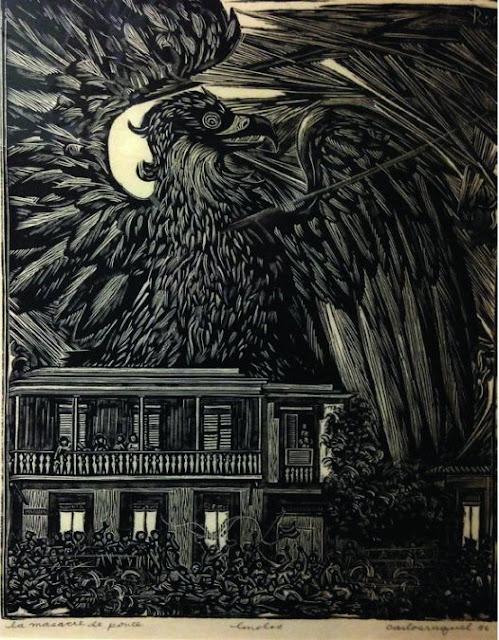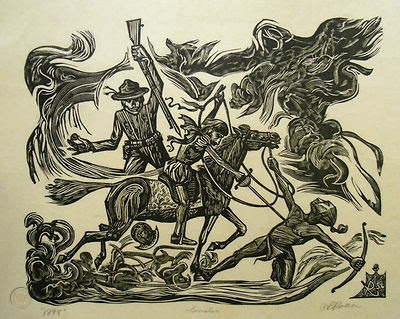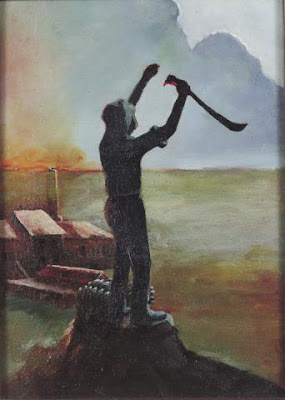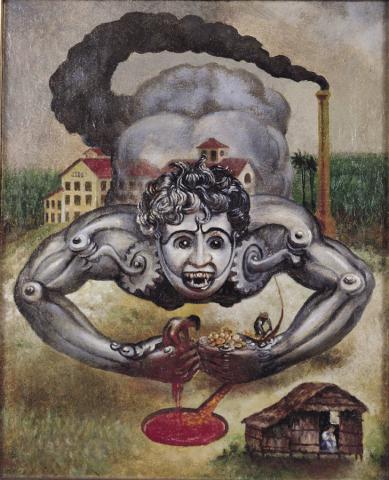Love and Pain by Edvard Munch (Interpretation and Analysis)
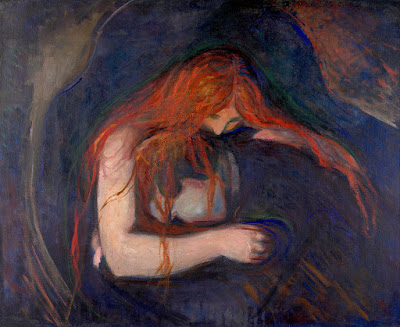
Love and Pain Source: Google Art Project I don’t know much about the Norwegian artist Edvard Munch— painter of the famous painting The Scream— however, when I encountered this painting, Love and Pain , I was immediately struck by it. I stumbled upon Love and Pain while doing research on another piece of art. It’s a simple, but beautiful painting. The piece depicts a red haired woman kissing the neck of a pale man dressed in black. Many people view the painting in a sinister light; in fact, it’s sometimes called Vampire . The dark background and the woman’s interest in the man’s neck contribute to this interpretation. However, the artist himself stated that this interpretation was incorrect. Munch maintained that Love and Pain was simply a painting of a man and woman embracing. Although it is an ambiguous painting overall, I have a very simple interpretation. The painting is entitled Love and Pain . I believe the red haired woman represents love, and the dark haired man represents
